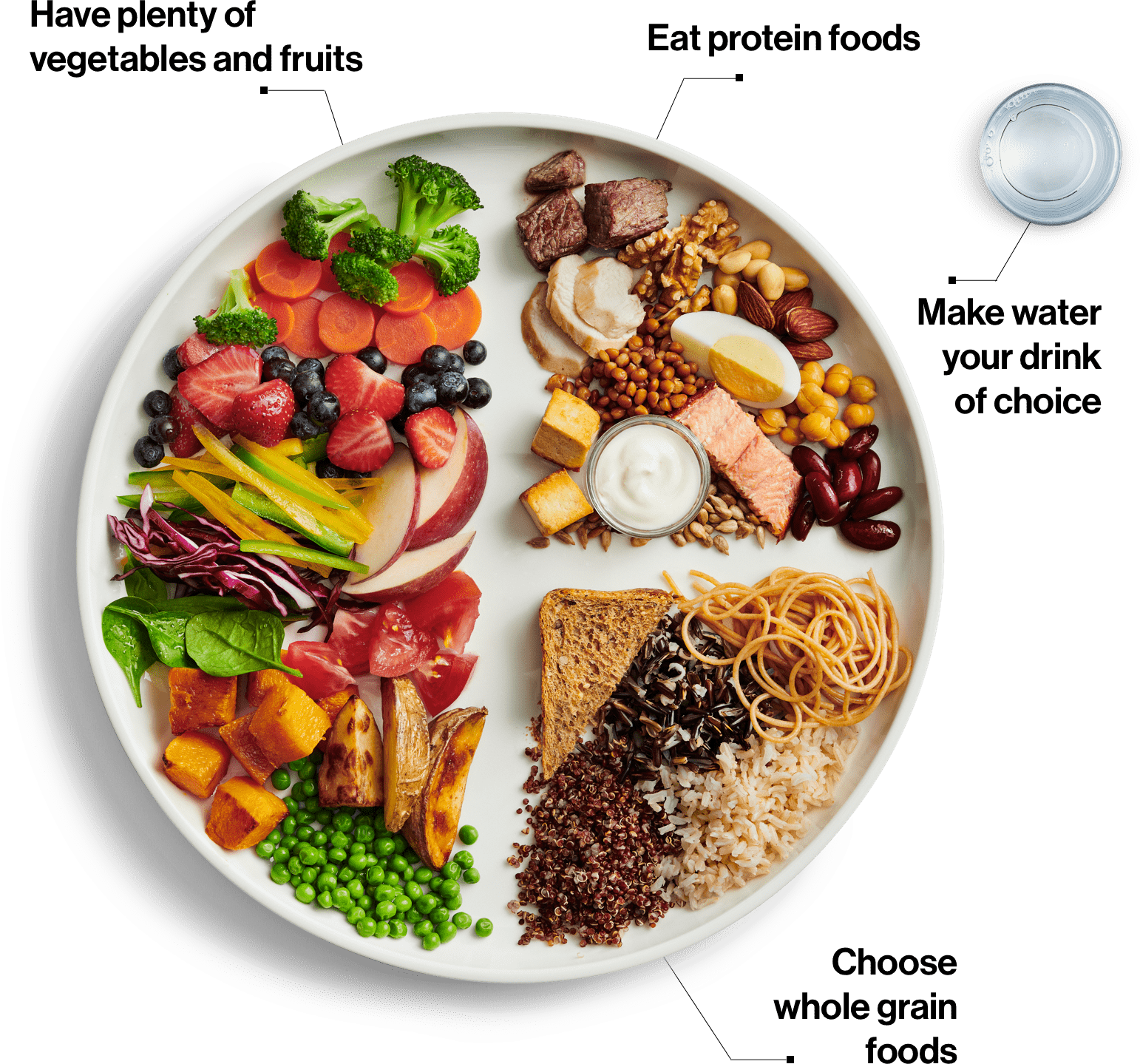Out with the old, in with the new! Health Canada has released its 2019 Food Guide, and I thought I’d address it on the blog.
Canada’s Food Guide has been created in 1942. For over 75 years, the Food Guide has been providing healthy eating information to Canadians and, for the longest time, I didn’t even know such a thing as a country’s food guide existed. I was told that the Food Guide was taught at school in Quebec. Maybe not as thoroughly as I think it should be, but at least kids are being provided with some sort of information about nutrition. One of my biggest goals is for the entire country to add Nutrition classes to ALL kids. I don’t think there is anything more important than learning how to adopt a healthy diet to meet nutrient needs, lower the risk of developing chronic diseases such as cardiovascular diseases, diabetes and certain types of cancer, as well as promoting overall well-being and health.
If parents do not possess the necessary knowledge regarding nutrition, not only will they be unable to teach their children how to eat clean but they will also transmit to their kids unhealthy eating habits, feed their kids with unhealthy food, and allow their kids to eat and drink unhealthy food and drinks. Therefore, I firmly believe it is up to schools to make sure that children are educated in regards of nutrition. I remember from my own experience: growing up, I was never taught how to eat clean, I was never forced to eat my veggies, I was never prevented from eating sweets and potato chips which I loved and ate abundantly. In my family there were several cases of type 2 diabetes and obesity. Since I never knew about nutrition growing up, when I wanted to lose weight as a teenager because I was uncomfortable in my own skin, I chose to reduce the portions of the food I used to eat, which was void of essential nutrients for the body which basically the worse thing you can do. Can you imagine how dangerous reducing your portions of foods when the content of your food already lacks vital nutrients? Instead of completely modifying my diet and incorporating healthy nutrients, I ate smaller portions of unhealthy food such as rice and gravy for instance. And I know I am not the only one who did that. I know this is a widespread belief among young girls especially, who struggle with their weight and want to shed a few pounds to feel better about themselves. It seems like the natural thing to do to lose weight for someone who doesn’t know anything about nutrition. But it’s not. Eating smaller portions of unhealthy food is dangerous. But I can’t blame myself and neither can I blame the other girls who do that. I had absolutely no idea how to go about eating clean! And that’s why it is so vital for schools to teach pupils and students how to eat healthy. Kids can then educate their parents who will change the component of the meals they cook.
By teaching nutrition, I don’t only mean schooling people on what to eat, I also imply raising awareness of the potential health issues that come with having an unhealthy diet, which is even more important.
I took a look at the new Canadian Food Guide and I think it is excellent. I will break it down for you below. The guide suggests that half of your plate should be made of fruits and veggies, a quarter of your plate should be made of whole grains, and a quarter of your plate should contain protein. This came as a surprise to me, but the Food Guide also recommends consuming plant-based protein more often (which I think is great), emphasizing that a diet rich in plant-based foods also result in higher intake of:
– Dietary fiber, which decreases the risk of heart disease, type 2 diabetes and colon cancer.
– Vegetable and fruit which reduce the risk of heart disease.
– Nuts, which decrease LDL (low-density lipoprotein) cholesterol, also known as bad cholesterol.
– Soy protein, which also decreases LDL cholesterol.
The Food Guide also advises to eat fish, shellfish, eggs, poultry, lean red meat, lower fat milk, lower-fat yogurt, and cheeses lower in fat and sodium.
Health Canada also highlights the importance of drinking water and emphasizes the fact that in recent years, Canadians have been buying more highly processed foods which, when consumed frequently, can contribute to excess intake of sodium, sugars and saturated fat. Needless to add that these are all linked to chronic diseases.


